Ian Leslie Editor in Chief of BANKNOTES minted by #paid
In the social landscape user generated content (UGC) has become a reliable function to get your story out to the masses, and it’s really no secret that its moment isn’t ending any time soon. UGC has gone from a mostly organic functions (a consumer sees product, likes the product, and posts about the product), to a paid tactic where brands and companies are actively searching out creators and influencers to work with them. The rise of social media’s influence over investing comes hand-in-hand with the decentralization of the investing process. Investing now accessible and available right in the palm of your hand. According to Statista, the investing app Robinhood “saw its number of users grow from half a million in 2014 to 22.9 million as of June 2022. The app’s net revenue did also grow steadily since its official launch, reaching 91 million U.S. dollars as of second quarter 2021.” But it’s not just app-based day traders who are hopping on the social media bandwagon.
According to report from Coalition Greenwich, “social media is joining traditional financial news media as a key source of information used by institutional investors in their investment processes. A new study from Greenwich Associates reveals that almost 80 per cent of institutional investors use social media as part of their regular workflow, and approximately 30% of these investors say information obtained through social media has directly influenced an investment recommendation or decision.”
ARE THERE REALLY THAT MANY ‘FINANCE’ INFLUENCERS?
The short answer is yes! Do a search of the #personalfinance hashtag on TikTok and you may be surprised by the results. The hashtag has nearly 7 billion views with those views being generated by creators and influencers with followings in the millions.
SO HOW DO YOU FIND THESE CREATORS?
While there are a number of proven tactics , the most important one is it’s solely based on a sales goal. What about brands that have a goal of brand awareness? That’s where a platform like #paid comes in. #paid is a marketplace that connects brands and creators and allows both parties to conduct all of their business within the #paid platform. Brands enter the platform and put out a call for creators who want to work with them. #paid helps that brand connect with creators who have already opted into the platform and fit that brands target demographic. In a nutshell, creator licensing is this: creators and publishers give access to their social platforms so brands can upload and boost posts. The benefits of this tactic are: Having access to analytics and audiences through a creator Boosting posts Creating the CTA and driving traffic to respective locations Monitoring real-time performance and making adjustments, as needed For brands that aren’t focused solely on sales but rather awareness, it’s critical to find a partner who can support that goal.
ARE CREATOR CAMPAIGNS MEASURABLE?
By implementing creator campaigns through partners like #paid, brands can capture meaningful campaign metrics, including traffic, brand and sales lift. You also can measure your brand’s affinity against the category average. And brands that run creator campaigns through #paid find that consumers believe those creator ads are twice as authentic, credible, relatable and realistic than branded ads, leading to a 64 per cent increase in purchase intent.
THE LEGALITY OF CREATOR/INFLUENCER CAMPAIGNS
The biggest issue is to make sure you disclose any relationship between the brand and the influencer. This takes on an even higher level of importance when working in high-risk verticals like finance. The FTC has detailed regulations on how to work with influencers, but here’s the SparkNotes version: Don’t forget to have the influencer disclose their relationship with the brand on every post. Often this looks like including #ad or #advertisement in the posts themselves Don’t obscure the endorsement: Make sure they’re easy to see and on every post. Make sure as the brand you’re driving the disclosure process. Ultimately the liability will fall on you, not the influencer. Learn more about how to work with creators and influencers over at hashtagpaid.com Contact [email protected] for preferred client rates and opportunities.



